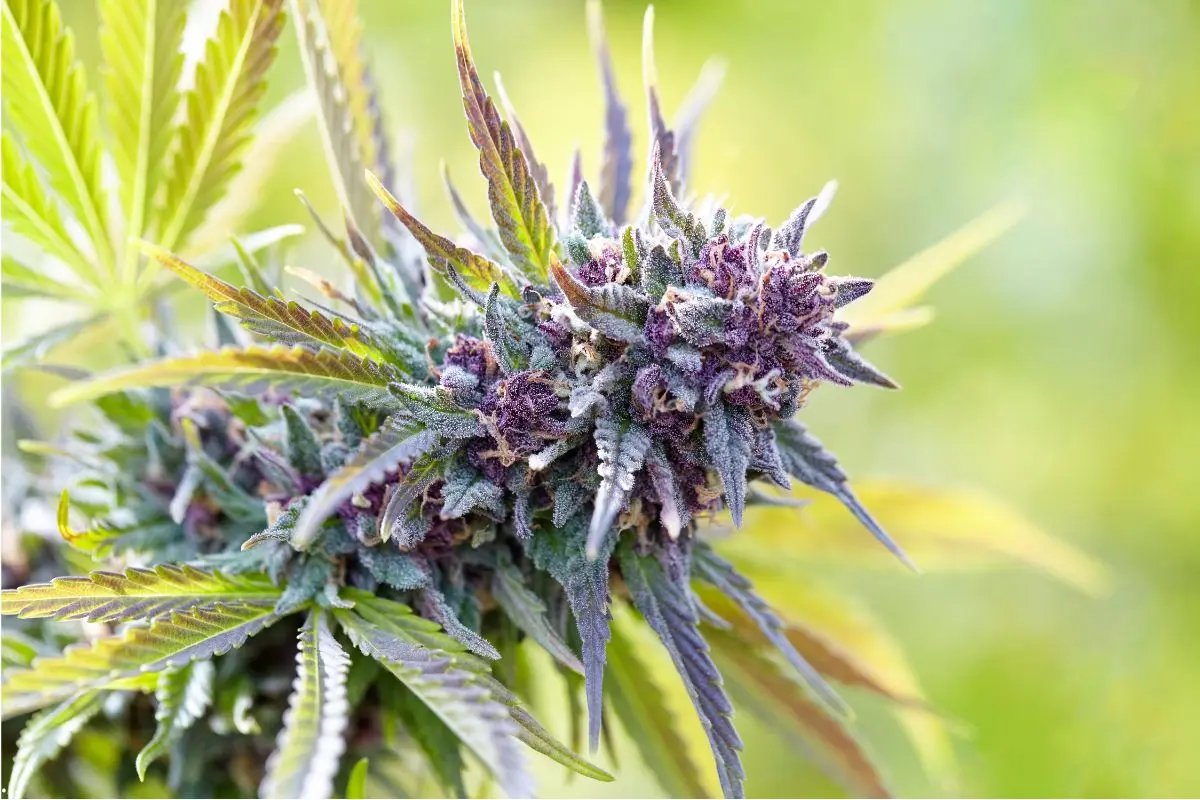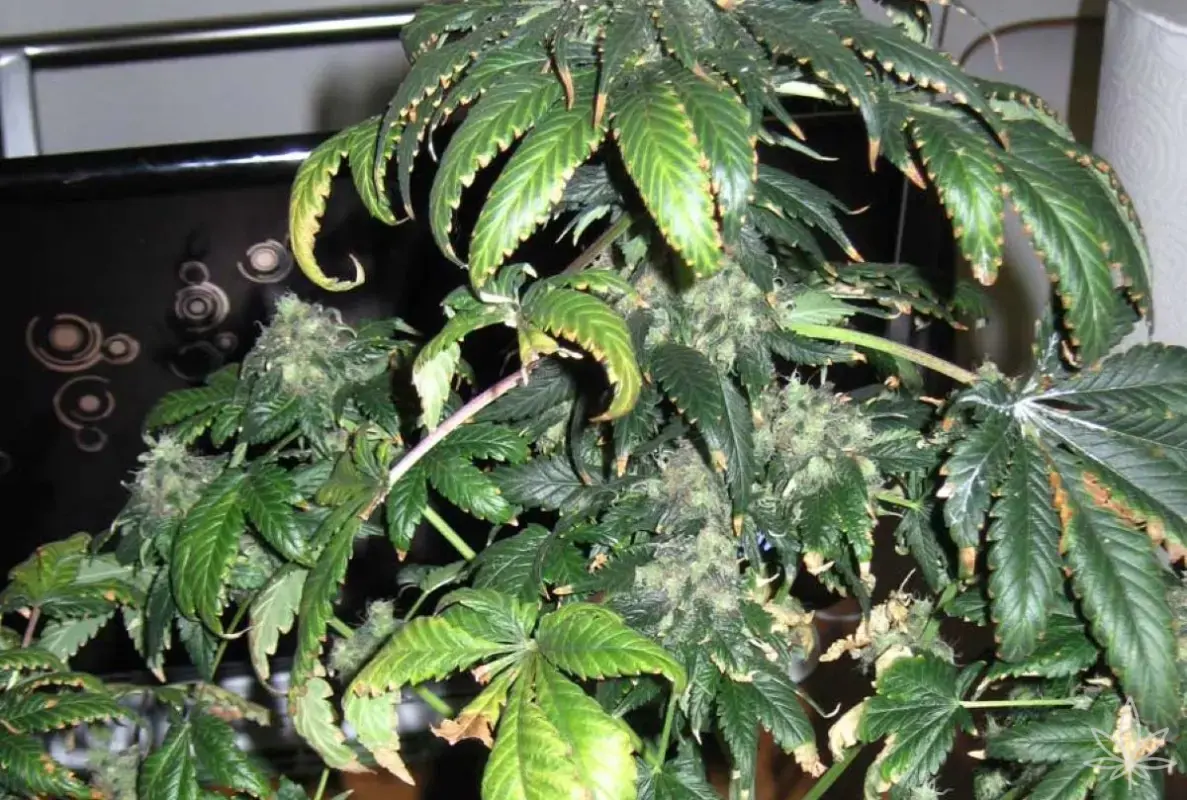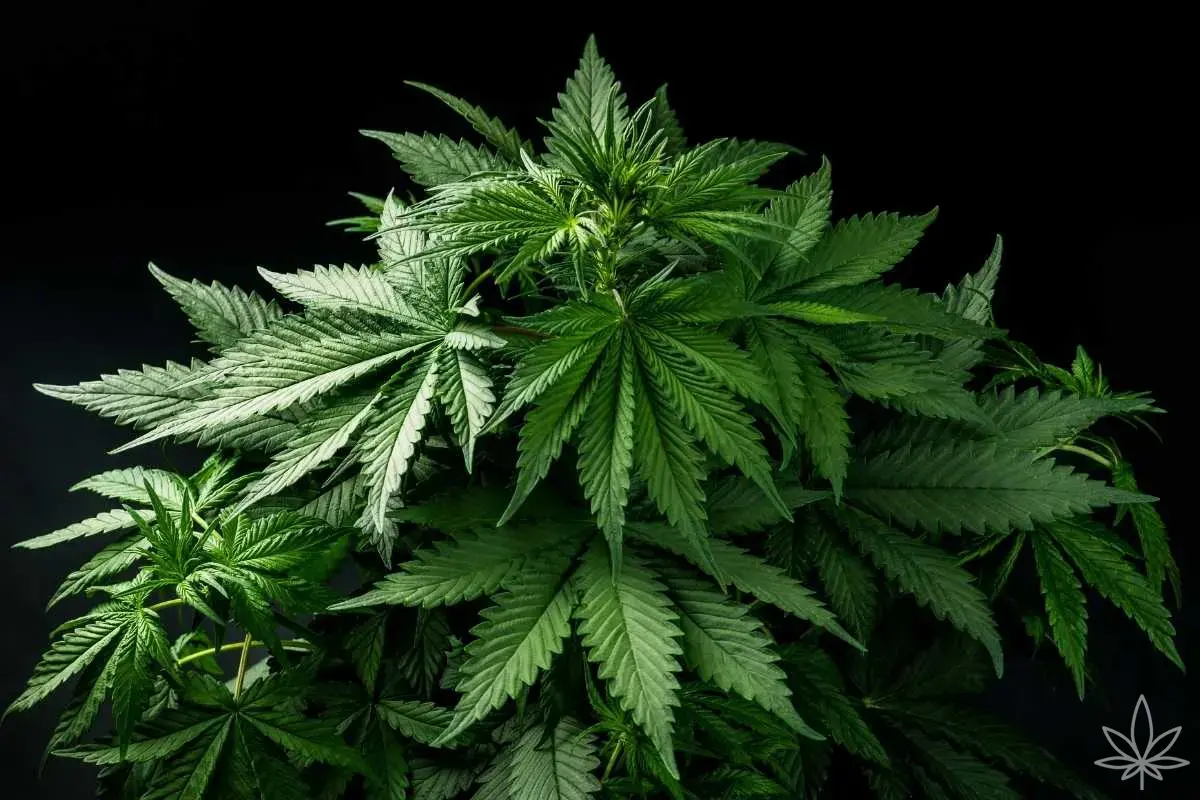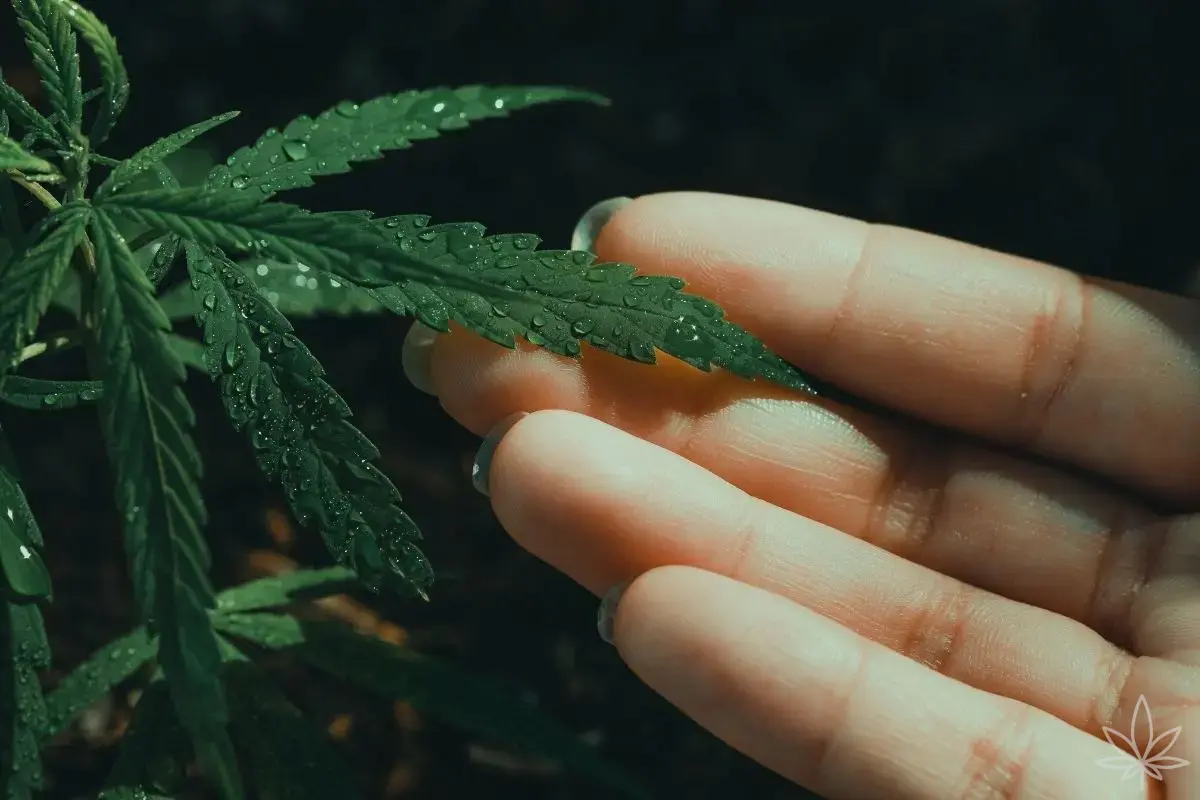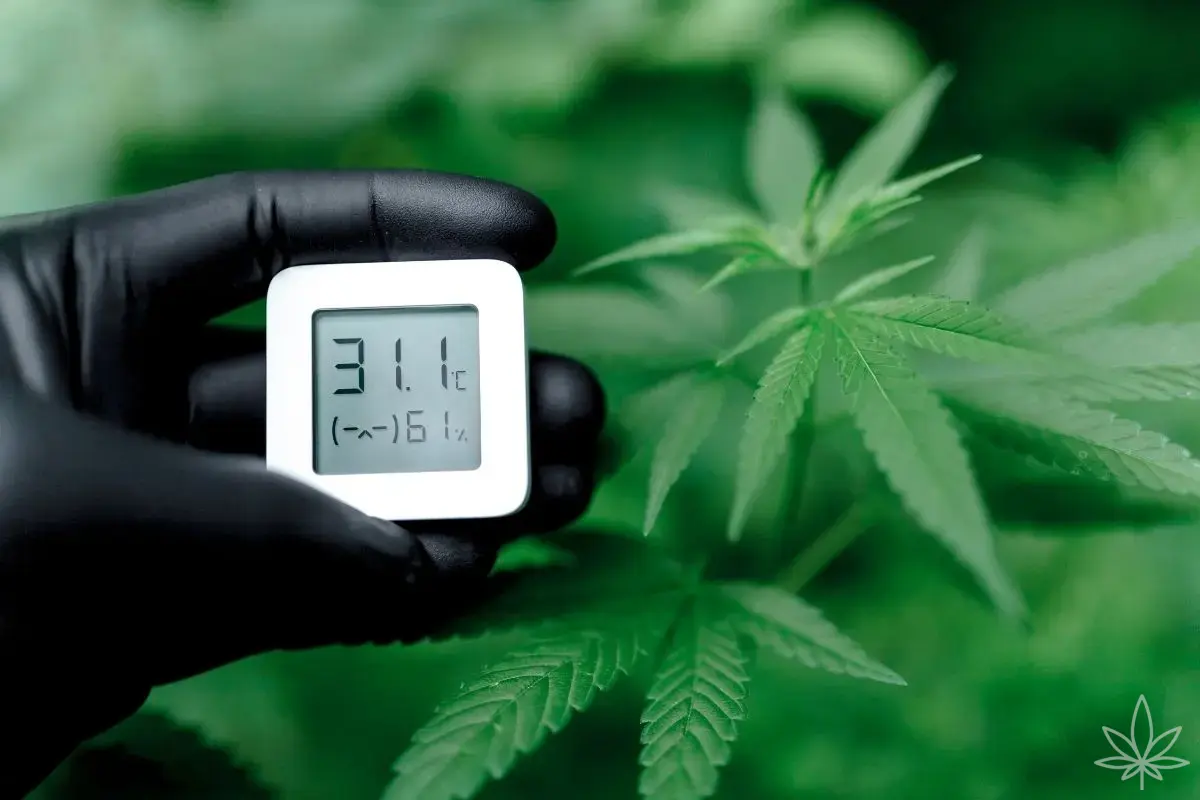Anyone who has grown cannabis knows these plants can be as rewarding as they are demanding. Among the many threats to a grow, one is particularly treacherous: mold. It appears quietly, often when you think everything is going perfectly. And then, in just a few days, it can turn lush, aromatic buds into gray, cottony clusters fit only for the bin.
How to Recognize Mold in Cannabis
The most common culprit is Botrytis cinerea, better known as bud rot or gray mold. At first, it may look harmless — a light, dusty coating on leaves or flowers. As it develops, it darkens, becomes fluffy, and the plant tissue beneath starts to rot. In dense buds, the problem is especially devious: mold can spread from the inside out, leaving the outer layer looking almost perfect. This is why experienced growers learn to “see with their fingers” — looking for subtle changes in color, texture, and smell.
Why Mold Attacks
It’s rarely caused by just one factor. Mold thrives where humidity is too high, air circulation is poor, and flowers are dense. A rainy summer in an outdoor grow, no fans in a grow tent, watering late in a cool room — all of these create ideal conditions for fungal growth.
How to Fight Mold Effectively
Speed and decisiveness are crucial. Infected plant parts should be removed immediately — ideally with scissors or a scalpel, cutting into healthy tissue as a buffer. Tools must be disinfected (isopropyl alcohol works well) to avoid spreading spores to other parts of the plant. If the infection is widespread, it’s sometimes better to harvest early than risk losing the entire crop.
Prevention – A Grower’s Best Weapon
Fighting mold is one thing, but preventing it is the real key.
A few rules that save harvests:
- Control humidity – during flowering, keep relative humidity at around 40–50%.
- Ensure good airflow – fans should move leaves gently without breaking them. Air movement makes it harder for mold to take hold.
- Water wisely – avoid overwatering and late-evening watering when temperatures drop.
- Thin out the canopy – remove excess foliage so light and air can reach deep into the plant.
Why Mold Likes to Come Back
Once mold has appeared, it can leave millions of microscopic spores in the grow space and on equipment. That’s why, after an infection, a thorough cleaning of the grow area — including filters, fans, and grow tent walls — is essential. For outdoor grows, remember that using the same spot season after season can increase the risk, especially if other susceptible plants grow nearby.
Final Thoughts
Mold is an enemy that demands respect. It teaches patience, discipline, and vigilance — because in cannabis cultivation, every detail matters. And when you make it through a full cycle without even a hint of gray, the satisfaction of the harvest is that much sweeter.

